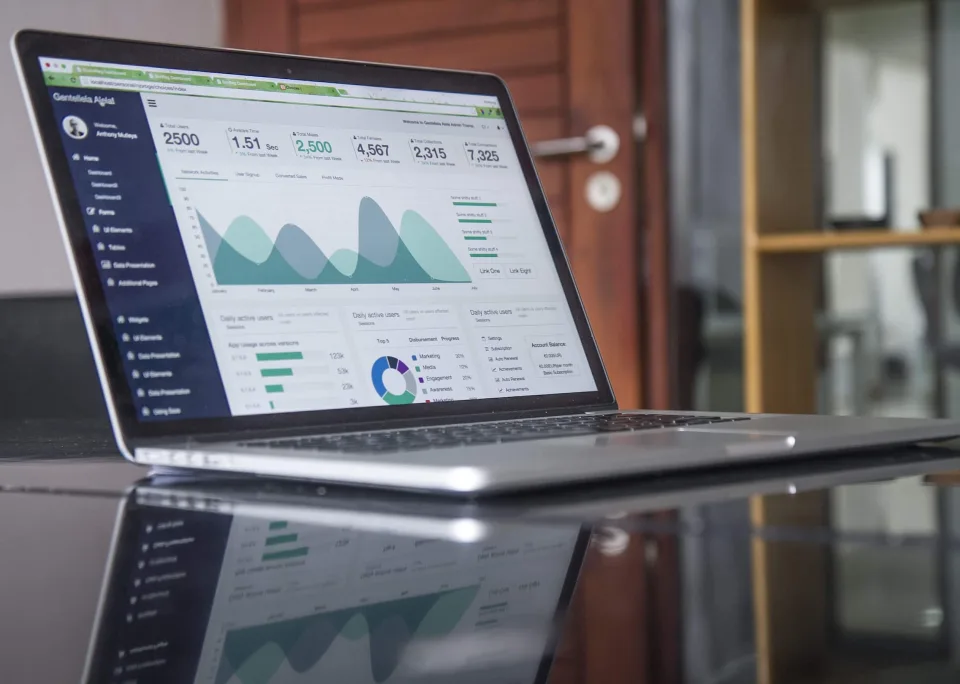You’ve been grinding away and building your business, but have you ever stopped to think about the true value of your business? Understanding the value of your business is crucial, whether you’re planning to sell it in the future or simply want to maximize its potential.
Today’s post is here to illustrate the two distinct measurements of value and guide you on how to identify and optimize the value of your business. You might be surprised to find some hidden potential that lies within your business so let’s jump in!
Exploring the Dual Perspectives: Tax Value vs. Real Value
When someone asks you, “What is the value of your business?” you may instinctively think of its tax value. Your tax value typically refers to the number you see on your financial statements. It’s what impacts your tax liability. It’s determined by the fair market value of your business’s assets and liabilities. The goal for your tax value is generally to minimize it so that you can lower your tax burden each year.
However, there’s another measurement of value that is equally, if not more, important – the “real value” of your business. Real value represents what makes your business attractive to potential buyers. It’s comprised of intellectual property, proprietary systems, or even hard assets. More often than not, though, the value of your business is derived from its cash flow or the benefit that cash flow provides. This cash flow is commonly referred to as EBITDA (Earnings Before Interest, Taxes, Depreciation, and Amortization). EBITDA serves as a standard representation of the cash flow generated by a business.

Calculating and Evaluating Your Business’s Real Value
To determine your business’s real value, you need to understand and calculate your EBITDA accurately. This calculation may require the assistance of a Certified Public Accountant (CPA) or a fractional Chief Financial Officer (CFO). They can walk you through the process and help recast your EBITDA to provide an accurate representation of your business’s performance. Recasting your EBITDA is the process of adding back unnecessary expenses, eliminating one-time or irregular cash flows, adjusting for above average salaries or rent, and so forth. It smooths out the cash flow so that it’s an accurate reflection of your business.
Once you have your recasted EBITDA, you can compare it to industry standards and benchmarks to evaluate where your business stands. In order to do this, you need to know what best-in-class businesses look like. What does their performance look like? What’s their revenue per sale? What is their profit per sale? Why are they considered best-in-class?
This will help you determine a range of multiples in which business in your industry sell for. Knowing the typical range of multiples for businesses in your industry will give you an idea of what buyers may be willing to pay for your business. Remember, buyers are primarily interested in the cash flow your business generates, but each buyer also has their own specific needs and reasons for purchasing a business. By understanding where your business falls within the range of multiples, you can identify areas for improvement and set targets for increasing your business’s value.
The Journey to Value Optimization
Value optimization is an ongoing process that involves enhancing various aspects of your business to increase its attractiveness to potential buyers. Let’s explore some strategies to help you unlock the hidden potential in your business:
Intellectual Property and Proprietary Systems:
Intellectual property, such as patents, trademarks, and copyrights, can significantly enhance your business’s value. Ensure that you have proper protections in place and leverage your intellectual assets to differentiate your business in the market. Similarly, proprietary systems or unique processes that give your business a competitive edge should be highlighted to potential buyers. Buyers may pay higher prices if they find your system unique.
Assets and Equipment:
Your business’s tangible assets, including equipment, machinery, and real estate, can contribute to its value. Regularly assess the condition of your assets and consider upgrades or maintenance to maximize their worth. If certain assets are underutilized, explore opportunities to generate additional income by renting or selling them. If your equipment is old and needs to be replaced, it will likely lower your sale price.
Cash Flow Optimization:
Increasing the cash flow generated by your business is a key driver of value. Focus on optimizing revenue streams, minimizing expenses, and improving operational efficiency. Evaluate your pricing strategy, explore cost-saving measures, and implement lean processes to maximize your profitability. This will not only boost your business’s value but also improve its overall financial health. Sometimes just raising your price by a small percentage can increase your overall profitability substantially.
Human Capital and Organizational Structure:
A well-structured organization with a talented and motivated team can significantly enhance your business’s value. Invest in the development of your employees’ skills, build a positive work culture, and establish effective management systems. Your business can’t rely on you if you want to sell for a high multiple. Having a strong organizational structure ensures that your business can thrive even without your direct involvement, making it more appealing to buyers.
The Value of Timing and Market Multiples
Timing plays a crucial role when considering an exit strategy for your business. If you’re planning to sell in the near future, you should absolutely work with a business broker, mergers and acquisitions (M&A) advisor, or investment bank to gain insights into market multiples. These professionals can help you determine the potential selling price based on current market conditions and buyer expectations. Each of these professionals specializes in different company sizes (typically based on revenue).
On the other hand, if you’re not yet ready to sell but want to understand your business’s current value, you can utilize various tools to establish a baseline. You can use various online tools (though be careful not to rely too heavily on their accuracy), research industry resources, purchase reference guides, or consult with business brokers or M&A advisors to gather data on valuations for companies in your industry. Comparing your business to best-in-class standards will provide valuable insights into where you stand and areas for improvement. If you aren’t sure where to start, schedule a free strategy call.
Not Sure About It? A Quick Story
As small business owners, we appreciate the challenges and know that they ultimately drive us to success. Let’s look at a quick example that shows the power of business value optimization.

Meet Breanna, the owner of a well-known specialty pharmacy in a bustling town. When an unexpected offer to acquire her pharmacy came along, Breanna realized it was an opportunity to take a look at the true value of her business. She reached out to several professionals for guidance, and Breanna discovered that the value of her pharmacy extended beyond tangible assets. It encompassed the loyalty of customers, the reputation she had built, and the unique services she had developed.
Breanna decided to forego the offer and decided to build an exit strategy to optimize the value of her pharmacy. She focused on enhancing the customer experience, investing in staff training, and streamlining operations. By standardizing her intellectual property and protecting her systems, she added another layer of value to her business. As a result, Breanna’s pharmacy tripled in size–attracting a larger customer base and garnering the attention of potential buyers.
Breanna’s story is a true example of how the power of understanding and optimizing the value of your business can increase your opportunities. It’s not just about the numbers; it’s about the intangible qualities that set your business apart. She wasn’t ready to sell, but by identifying and focusing more on the qualities that made her pharmacy unique, she was able to unlock some hidden potential and create opportunities for a successful future.
Taking Action: A Path Towards Value Enhancement
Now that you understand the fundamentals of business value optimization, it’s time to take action. Here’s a recap of the steps you can follow to enhance the value of your business:
- Recast your EBITDA with the help of a CPA or fractional CFO.
- Benchmark your business against industry standards to evaluate its position.
- Identify areas for improvement and set targets to increase value.
- Focus on enhancing intellectual property, proprietary systems, assets, and cash flow.
- Invest in your human capital and establish a strong organizational structure.
- Work with professionals to determine market multiples if you’re nearing an exit.
- Continuously monitor and track your progress towards value optimization.
Where do I go from here?
Finding the hidden value in your business requires a strategic approach and continuous improvement. By understanding the dual perspectives of tax value and real value, evaluating your business’s worth, and implementing targeted strategies, you can unlock its full potential. Remember, every decision you make to enhance value brings you one step closer to achieving your long-term goals. Schedule a free strategy call today and let’s explore the possibilities together.
